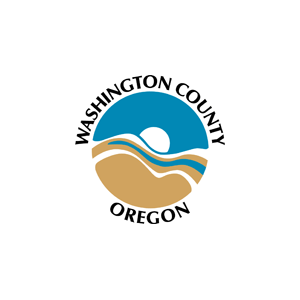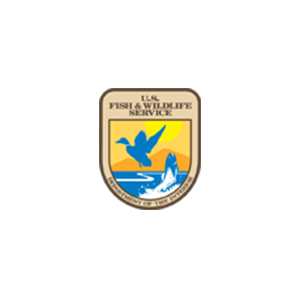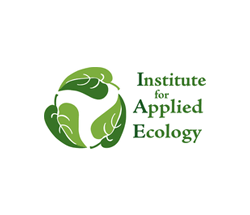Between 2005 and 2025, Tree for All Partners restored more than 150 riparian miles and planted more than 17 million native trees and shrubs. More than 40 case studies were published to document the efforts that made it possible.
Restoring Upland Habitat for Threatened and Endangered Species
The 15-acre Tanner Creek Prairie project is located upslope from Hagg Lake in Gaston. In 2011, Fender’s blue butterfly, an endangered species endemic to Oregon’s Willamette Valley, was discovered in nearby prairie. Two vital elements of the butterfly’s habitat, host plants for larvae and nectar plants for adult butterflies, are present on the Tanner Creek Prairie site.
Two tributaries of Tanner Creek flow within the project boundary. Stream restoration is a priority for one, alongside restoration of remnant prairie habitat. Although Fender’s blue butterflies are not presently found on the project site, the existence of Kincaid’s Lupine, a threatened species, itself, signifies that the site has the potential to support Fender’s blue butterflies in the future.
The Site
First planting: 2020
Size: 15.3 acres
Stream length: 725 ft. for western tributary; 449 ft. for eastern tributary
Plant Communities: Riparian Forest, Upland Forest, Upland Prairie, Emergent Wetland
The Challenge
Restoring the easternmost tributary to Tanner Creek will require attention to detail and thoughtful plantings due to the multiple plant community types found on the property, but the stream could incur significant incising and erosion if left unchecked. Woody shrubs and invasive plants threaten the quality of prairie habitats around the lake.
The Transformation
Tree for All partners are working to restore this site and one adjacent, creating additional opportunities to cool the stream by planting a dense riparian buffer. In the future, a segment of the stream will be returned to a more natural alignment and the riparian area of the stream will be planted.
Activities will conserve and enhance the native prairie habitat, reduce the number of invasive plant species, and further shade the creeks. By restoring resilient native plant communities, the site will have more resources to offer the Fender’s blue butterfly and the numerous other species that depend on upland prairie habitats. Further development of the Stutz site may also create opportunities for community education and engagement in endangered species and native, rare habitat conservation.








































